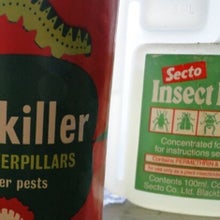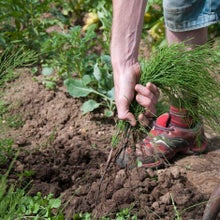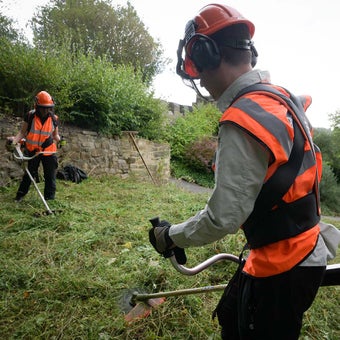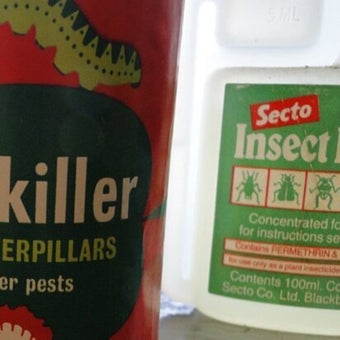
Quick facts
The RHS doesn’t encourage the use of pesticides and recommends that gardeners use non-chemical control options
Pesticides are chemicals used in gardens and include insecticides, fungicides, herbicides and molluscicides
Gardeners are legally required to follow the instructions on pesticide labels
Labels provide information on storage, use and disposal, plus product registration numbers and manufacturer’s details
Why are pesticide labels so important?
are substances designed to kill or control the growth and behaviour of living organisms and therefore their use carries a risk. Any potential risks to yourself, others and the environment will be reduced by adhering to instructions on the label.
Pesticides approved by the Health and Safety Executive (HSE) for home gardeners can be used without any training or experience; however, you are legally required to follow the instructions on the label.
It is illegal to store pesticides in anything other than their original containers; this reflects how important it is to be able to access the correct label information. See our guides for more information on pesticides:
What is on the label?
Labels contain lots of important information (much of which is required by UK law) and they often fold out, with text in small print, to fit it all on. The following information can be found on labels:
- The approved uses of the product, such as a list of insects, weeds or diseases that the product has been registered as a control method for.
- MAPP (Ministerially Approved Pesticide Product) number. This is a five digit registration number allocated to plant protection products by the HSE. It should be clearly visible on the label and, along with the product name and active ingredient, should be used when reporting an incident or accident involving the product. Giving the correct information to the emergency services is crucial should any accidents occur.
- The active ingredient. This is the substance that has the controlling effect on the targeted organism. Some products contain more than one active ingredient. Knowing the active ingredient is useful if you want to research a product, check it is still approved for use, or report an incident or accident (see above).
- Instructions for use, such as when, where and how to use. The details may cover dilution rates and methods of application (if a concentrate), maximum number of treatments permitted, and any restrictions for edible plants, such as the last time of application before harvest.
- Safety instructions. This section includes what measures you should take to protect yourself and the environment during and immediately after using the product. Instructions on safe storage and disposal of the product and container are also given.
- The manufacturer’s contact details. These are useful if you have queries about the product or need advice on a problem.

Some insecticides with a physical mode of action that form a coating over insects and mites, rather than directly poisoning them, do not require MAPP numbers under current legislation. Chemicals used to monitor pest populations, such as moth pheromone traps, are also exempt.
Brand names and packaging
Gardeners should be aware that manufacturers sometimes use similar brand names and packaging for different . Some product names are retained, or only slightly altered, after their active ingredient has been changed. Therefore, it is advisable to read the label carefully to find the active ingredient when buying a . You should also check the label on any products you have stored to find the active ingredient and make sure they are still approved for use.
RHS position on using chemicals in gardens
The RHS believes that avoiding pests, diseases and weeds by good practice in cultivation methods, selection, and encouraging or introducing natural enemies, should be the first line of control. If chemical controls are used, they should be used only in a minimal and highly targeted manner. See our guides to help you garden successfully without using chemicals:














